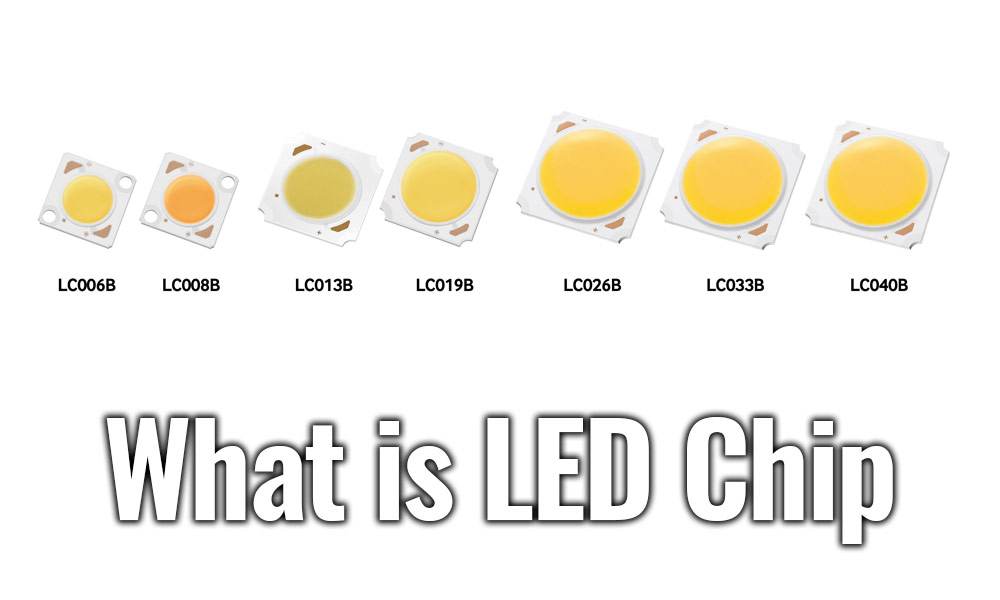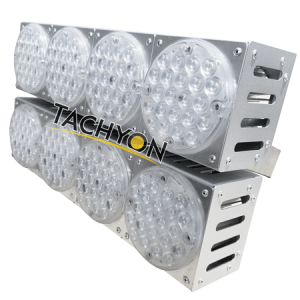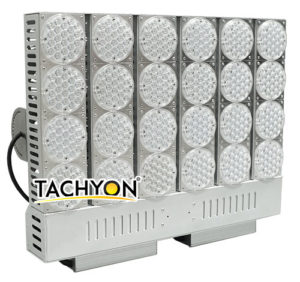Value transfer
Luminous intensity is the main optical parameter of LED devices. Because some LEDs are non-point light sources and anisotropic, many errors will occur during the LED photometric test under near-field conditions. Therefore, CIE recommends using the concept of average LED intensity as the basis for measuring the luminous intensity of LEDs. Currently the best LED testing technology is to compare the tested LED with a reference standard sample tube whose spectrum and spatial power distribution are as close as possible to the same. Test. The calibration and calibration of the luminous intensity test instrument and the reference standard sample tube must adopt a unified method and benchmark.

principle
The unit of luminous intensity is candela (candela, symbol is cd), which is one of the seven basic units of the International System of Units. Before 1979, only 9 countries in the world established light intensity benchmarks. my country established a luminosity benchmark and a light intensity working benchmark of 2856K color temperature very early. Therefore, the 2856K luminous intensity standard lamp calibrated by the national or provincial (municipal) statutory measurement and testing department is determined as a tool for luminous intensity transmission.
method
- a) Calibrate and calibrate the LED test system with a light intensity standard lamp with a color temperature of 2856K.
- b) Use a photodetector with CIE standard photometric observer’s spectral response to compare and test specially selected LED devices and a light intensity standard lamp with a color temperature of 2856K, and obtain their spectral corrections for LED devices with different spectral power distributions The coefficient (SCF, Spectral correction factor), so as to transfer the standard light intensity value to the LED device, as the LED light intensity reference standard sample tube. However, the LED device as the reference standard sample tube must have strict requirements. They are mainly:

–Excellent stability,
Must undergo strict screening and aging,
The minimum aging time must be specified,
–Use the LED device whose optical axis and mechanical axis coincide as the reference sample tube. Or use a device whose light intensity (radiation) distribution pattern is approximately circular.
–When working with reference to the standard sample tube, it must be operated at a constant temperature and drive current (20mA) to ensure a constant optical output.
- c) Establish a special laboratory for arbitration testing and calibration of various reference standard sample tubes.
LED device color evaluation
The light radiation of LED devices, like all colors in nature, will produce visual stimulation to the human eye. People evaluate the color characteristics of LED devices based on their own feelings. To avoid the subjectivity of this evaluation, physical methods must be used to measure colors. (Chromaticity). At present, there are often problems such as misuse of terminology in practical applications. Therefore, it is absolutely necessary to describe the chromaticity measurement of LED devices for reference.
1 The psychological properties and terminology of color
People systematically summarize and arrange the colors according to the appearance of colors and the psychological feelings of intuitive color vision, and give corresponding text descriptions and digital marks.
Color can be divided into two categories: color and achromatic: achromatic refers to white, black and various shades of gray. They constitute the so-called black and white series. Research has shown that color has three psychological characteristics, which can be described by hue, saturation, and lightness.
1.1 Hue Hue
Represents the attributes that distinguish colors from each other. The light radiation of different wavelengths in the visible spectrum is visually expressed as different tones, such as red, green, blue, and yellow. The hue of the light source depends on the human eye’s perception of the spectral composition of its radiation; the hue of the object depends on the human eye’s perception of the spectral composition of the light source and the ratio of the radiation of each wavelength reflected (or transmitted) on the surface of the object.
1.2 Saturation
Refers to the purity of color. The saturation of each monochromatic light in the visible spectrum is the highest, when the monochromatic light is mixed with more white light, the saturation is lower.
1.3 Brightness
Brightness is how bright the color is perceived by the human eye. The higher the brightness of the color, the brighter the eyes feel, that is, the higher the brightness. The achromatic color of the black and white series of object colors represents the change in the light reflectivity of the object, which is visually the change in brightness. The closer to white, the higher the brightness. On the contrary, the closer to black, the lower the brightness.
LED color measurement
CIE1931-XYZ chromaticity system
Color perception is the result of light radiation from a light radiation source or reflected by an object acting on the human eye. Therefore, the color depends not only on light stimulation, but also on the visual characteristics of the human eye. The color measurement and standards should conform to the observation results of the human eye. However, the color characteristics of the human eye are more or less different for different observers. Therefore, it is required to determine a set of three primary color data that match the iso-energy spectrum color based on the color vision experiment of a large number of observers, “standard color” Spectral tristimulus value of the observer, which represents the average color vision characteristics of the human eye, and is used for colorimetric measurement and calculation.
CIE (International Commission on Illumination) adopted the conceived three primary colors (X), (Y), (Z) [representing red, green and blue respectively] based on the RGB system in 1931, and established the CIE-1931 chromaticity diagram. Standardize the data of the three primary colors matching the iso-energy spectrum of each color, and determine the “CIE1931-XYZ standard colorimetric system”.
CIE1931-XYZ chromaticity system is the foundation of chromaticity. Any color can be represented by its chromaticity coordinates x, y and stimulus value Y in the CIE1931-XYZ chromaticity diagram.
In this system, the chromaticity coordinates:
Here X, Y, and Z are the tristimulus values of the color, and their values indicate the ratio of the three primary colors to each other when they match the color. An iso-energy spectrum of white light has the same number of X, Y, and Z components.
Calculation of chromaticity coordinates
To calculate the chromaticity coordinates and other parameters of the LED device, if the spectral power (energy) distribution of the device is known, it can be calculated as follows:
Since it is actually difficult to use mathematical expressions to write P(λ), summation is often used to approximate integrals. Here Y is the brightness of the light source for the light source. For the object color, K is called the adjustment coefficient, which is obtained when the Y value of the illuminating body or light source is adjusted to 100, namely:
Measuring chromaticity coordinates by spectrophotometry
After the spectral power distribution P(λ) curve of the tested LED device is measured according to Method 2005, the chromaticity coordinates of the tested device can be obtained according to the calculation method 9.2.2.
Photoelectric integration method for measuring chromaticity coordinates
The spectral response of the photodetector is corrected with the CIE1931 optical system
Standard chromaticity observers have the same spectral tristimulus values, so with such a light detection system, the tristimulus value of the optical radiation of the device under test can be integrated and measured at one time. Calculate the chromaticity coordinates.
LED welding precautions
LAMP LED welding:
- When soldering the LED, avoid having an inner ‘eight’ or an outer ‘eight’ on the PIN pin (the inner should be the inner),
- After welding, it must be cooled to room temperature (3-5min) before proceeding to the next process.
- When bending the feet, fix the PIN feet to avoid hurting the LED gel, and require that the bending feet should be below 2mm of the gel, and do not bend twice.
- If the LED needs to be cleaned, please soak it in alcohol for 1 min.

SMD LED welding
- Welding temperature/time, only one welding is allowed;
- After welding, it is required to cool to room temperature before proceeding to the next process.
- After the product is soldered, the PCB cannot be bent,
- If the PCB needs to be soldered multiple times, the LED must be soldered for the last time, and the heavy work needs to be completed within 48H.
- Wave soldering is not recommended for this series of products.
LED Electrostatic Discharge (ESD for short) test: (To Be Continued)





